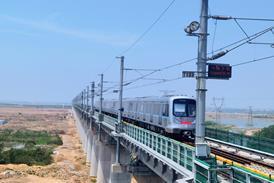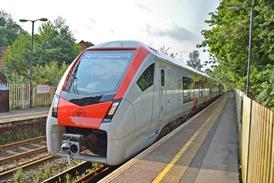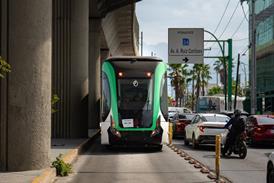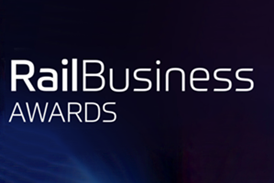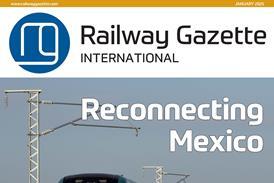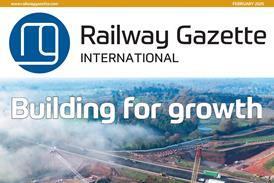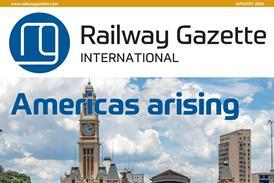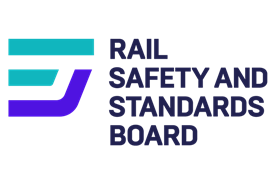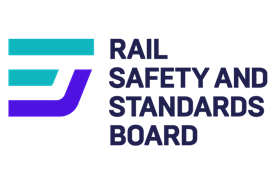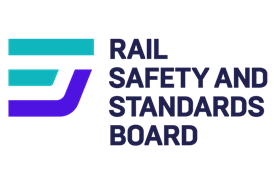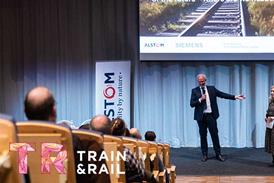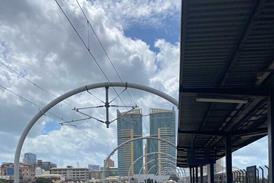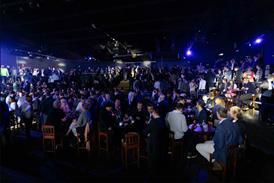INTRO: As part of its strategy to eliminate operating subsidies, Amtrak is actively developing its express parcels business to the concern of some of the big freight railways. Julian Wolinsky looks at developments so far
ALMOST 40 years after the major US railroads lost most of their premium parcels and sundries traffic to the roads, rail is making a comeback. The growing wave of long-haul intermodal trains has already seen much road-hauled premium traffic return to rail for the trunk hauls, and now less-than-wagonload business is moving in express boxcars and RoadRailers attached to long-distance passenger trains.
Amtrak has launched an aggressive expansion of its cargo and mail business as part of its drive to become financially self-supporting by 2002. Illustrating the company’s seriousness was last November’s elevation of Senior Director, Mail & Express, Edwin E Ellis to a Vice-Presidency. With most long distance passenger trains hauling Amtrak Express, and over 20 terminals now operational, Ellis is currently overseeing a rapid acquisition of rolling stock.
On May 29, Ellis received a long-awaited decision from the Surface Transportation Board which gave him wide latitude to move cargo based on Amtrak’s original 1971 charter, which allows carriage of ’mail and express’ but not freight. While agreeing that the law is ambiguous and does not define express, STB said the company should have more flexibility, although limiting non-passenger activities to scheduled, time-sensitive, premium-priced cargo shipments. Further, the ruling stated Amtrak’s express strategy reflects legislative intent that it take steps to increase express revenue.
Union Pacific had petitioned STB to impose numerous limitations on the service including confining shipments to small packages and less-than-carload lots of not more than 3629 kg. But STB disagreed, deciding that express ’need not be restricted by commodity, shipment size, type of equipment, or a variety of other operational factors that may have been applied in the past.’ STB warned Amtrak that its ’discretion to transport express is not unlimited,’ that it must remain primarily a passenger carrier, and that it cannot run express-only trains except on the Northeast Corridor, which it owns.
’In addition to mail, we’re hauling beer, soap and package express,’ said Ellis, pointing out that Amtrak won’t transport hazardous materials.
Other frequent customers are computer, food and medical firms. ’We’re primarily looking for higher value commodities because the lower the value, usually, the less people are willing to pay for transportation. Obviously, people are concerned about transit time because they want to minimise inventories and/or maintain freshness. And they’re also concerned about reliability. Other than a derailment, we’re going to have 100% reliability. If we tell you we’re going to be there on Thursday, we’re going to be there on Thursday.’ On the downside, there have been complaints from passengers that trains have been delayed during the shunting of Express cars, a situation Amtrak says is infrequent.
Ellis is quick to point out that Amtrak is not directly attempting to compete with the railways or take business away from them. His target is long-haul trucks, over which Amtrak is both cost competitive and much faster. ’We’re usually somewhere between 5% and 15% below the truck price. We cost more than intermodal or boxcar, we cost less than truck and we provide service that’s equivalent to, or better than, truck.’ With trains such as the Southwest Chief achieving speeds up to 145 km/h, Amtrak can deliver a shipment coast-to-coast in about 66 h compared to five or six days by road.
On the other hand, Ellis is not hesitant to point out Amtrak’s advantages over conventional freight railways. ’We’re the only coast-to-coast railroad,’ he explained. ’Cars aren’t humped, (they) are handled just like passenger cars so we don’t have damage issues. We have a huge advantage over the railroads in terms of connectivity. We don’t lose 24 h at an interchange because we’ve scheduled all of our trains so the passengers can connect. Our goal is basically to get to all-points coverage, not that we’re going to go to every point in the country but we’re going to get close enough...to the place where the customer is located.’
Fleet expansion
Amtrak has acquired an impressive fleet of specialised vehicles including 141 Material Handling Cars that were built between 1986 and 1991, 200 Express cars built in 1997 and 50 former boxcars that were rebuilt in 1997. The latter were equipped with new bogies and couplers and a higher braking ratio to make them compatible with passenger trains. There are also 119 baggage cars that haul mail and express as well.
Now being delivered by Wabash National are 250 new 53ft RoadRailers, in addition to 33 older 48ft side-door units used primarily to carry mail. The RoadRailers are currently assigned to five routes: Chicago - Philadelphia, Jacksonville - Philadelphia, Chicago - Albany, Chicago - St Paul, and a new Chicago - Grand Rapids route launched on May 7. They offer door-to-door movement without the need to transfer loads. Put into service in early February were eight new 48ft ’Reefer-Railers,’ which are RoadRailers equipped with mechanical refrigeration equipment. These are now transporting perishables between Philadelphia, Chicago and St Paul in less than 24h and from Philadelphia to Jacksonville.
At present, the New York - Pittsburgh - Chicago Three Rivers carries the greatest number of Express cars, usually 24 in addition to five or six passenger coaches. According to Ellis, there soon could be many other trains with a similar formation. ’The revenue is all incremental,’ he explained. ’We’re running these passenger trains anyway. The only additional cost of adding another mail or Express car to the rear end is the fuel and the car. There’s a huge (profit) margin for us.’
The major US railways have had a mixed reaction to the expansion of Amtrak Express. ’The Union Pacific hates this idea,’ conceded Ellis. ’Their concern is that, number one, we’re going to take business away from them and, number two, we’re going to force them to spend more money to continue to handle the business they handle.’ Norfolk Southern signed an interim agreement in early May allowing Amtrak to operate express shipments pending a possible joint venture agreement. ’We’re in negotiations with them and BNSF and Canadian National over how we can jointly participate in expanding the business’, continued Ellis.
For example, Amtrak officials are evaluating a route change for the Pennsylvanian, which now connects New York City with Pittsburgh. If it ran instead from Philadelphia to Chicago, the trains could depart from each terminal at about 06.00 and reach their destinations around midnight. Small package carriers, such as UPS, could thus achieve second day delivery without having to rely on trucks as they do now, and at lower cost. And Amtrak would have no rail competitors.
As for the future, Ellis says there could be up to six new trains inaugurated within the next year, none of which would be added just to exploit the demand for Express service. They would probably be placed on existing routes already running at or near capacity. Amtrak insists that cargo hauling is here to stay, although it emphasised firmly that passengers will remain the primary focus.
’It (expansion) is profit-driven but I don’t want anybody to think that it’s going to be driven by the express business,’ asserted Ellis. However, he added, express would contribute significant income ’because wherever passengers go, goods go.’ o
CAPTION: Right: Two Material Handling Cars and two Heritage baggage cars at the head of the Chicago - Washington DC Capitol Limited
CAPTION: Amtrak has a fleet of nearly 400 freight cars, including 200 new 18·3m Express cars (below left), and 141 smaller Material Handling cars built in 1986-91 . 50 ’green’ boxcars were rebuilt in 1997 to run at passenger train speeds
Being delivered by Wabash National are 250 plate-framed RoadRailers 53ft long (right) to haul mail for the US Postal Service. Eight shorter refrigerated ReeferRailers will handle overnight perishable freight
CAPTION: MHCs can run at the front or rear of a passenger train, but the later Express cars can only be placed at the rear as they have no HEP jumper cables

